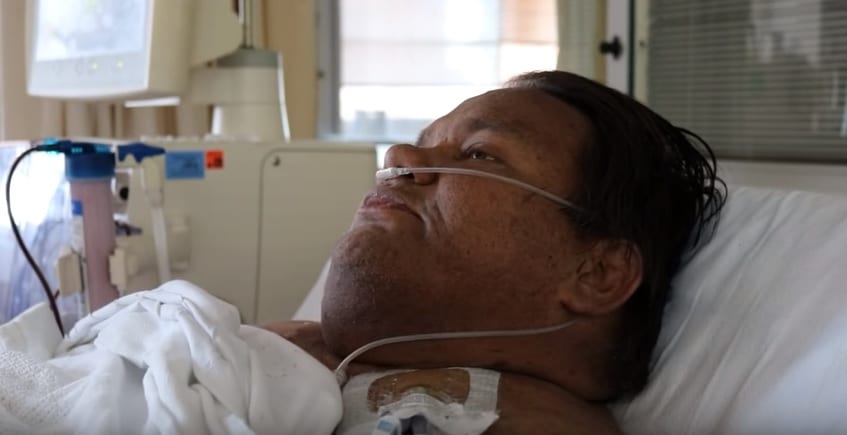
A haunting video message recorded by a man dying from diabetes-related illnesses is being made available to diabetes educators, as the Turnbull Government launches two new education programs aiming to improve the health of Aboriginal and Torres Strait Islander people and senior Australians.
Minister for Aged Care and Minister for Indigenous Health, Ken Wyatt AM, joined the Australian Diabetes Educators Association (ADEA) to launch the online e-learning tools and core competency framework.
“These have the potential to benefit a wide range of people across the nation, by helping keep them healthy and out of hospital,” Minister Wyatt said.
“Approximately 1.2 million Australians have been diagnosed with diabetes and it is a particular challenge for Indigenous people, who are four times more likely to die from the condition than non–Indigenous Australians.
“These two projects align closely with Australia’s National Diabetes Strategy and the Turnbull Government’s focus on growing the skills, capacity and capability of health professionals providing diabetes support.”
Minister Wyatt said he hoped the video, recorded by 36 year old Jason Bartlett just weeks before he died last year, would have a positive impact on people at risk of diabetes.
“Jason was my cousin, a successful musician and a much-loved father of two,” said the Minister. “I thank the ADEA because it was his dying wish that his message be seen by as many people as possible, especially young Indigenous people, to warn them to look after themselves and to heed the advice of health professionals.”
It is estimated at least 11 per cent of Aboriginal and Torres Strait Islander people aged 15 years and over have diabetes, almost triple the prevalence rate compared with non-Indigenous Australians.
The self-directed aged care e-learning modules have been developed for educators, nurses and aged care workers who teach self-management skills to people with diabetes, their families and carers, healthcare teams and community members.
The national core competencies for Aboriginal and/or Torres Strait Islander diabetes health workers and practitioners is a framework to develop and enhance diabetes management skills. This adds to ADEA’s existing core competencies for credentialed diabetes educators.
Minister Wyatt commended the organisations involved in the development of the two education programs – the ADEA, Indigenous Allied Health Australia and the National Aboriginal and Torres Strait Islander Health Workers Association.
“It is through such collaboration – between governments, health organisations, professionals and patients – that people suffering from diseases and disorders are better diagnosed and supported to maintain the highest quality of life possible,” the Minister said.
Development of the Aged Care online modules which helps people with diabetes to understand and self-manage diabetes was funded through the Australian Government’s National Diabetes Services Scheme,
Information about the implementation of the Australian National Diabetes Strategy is available online.
